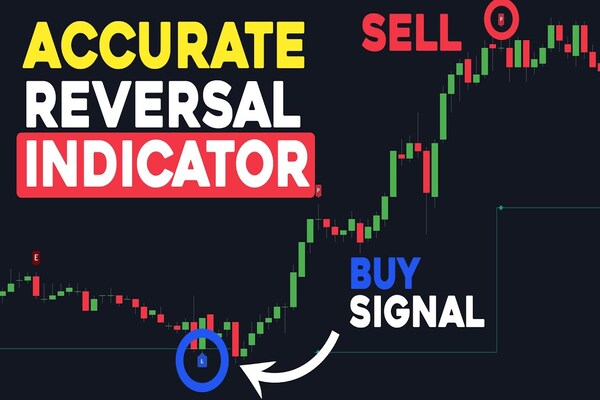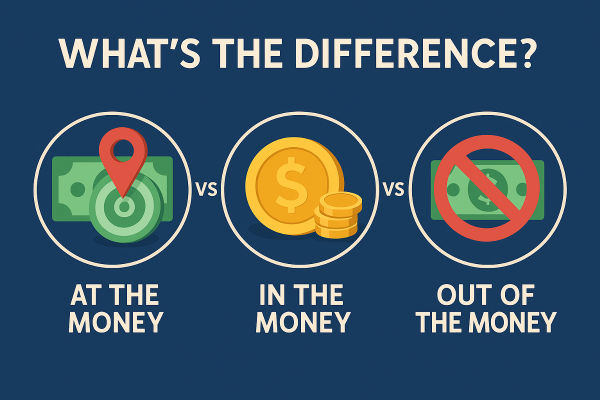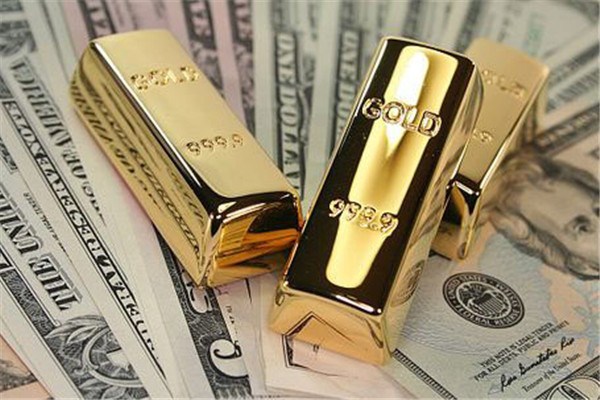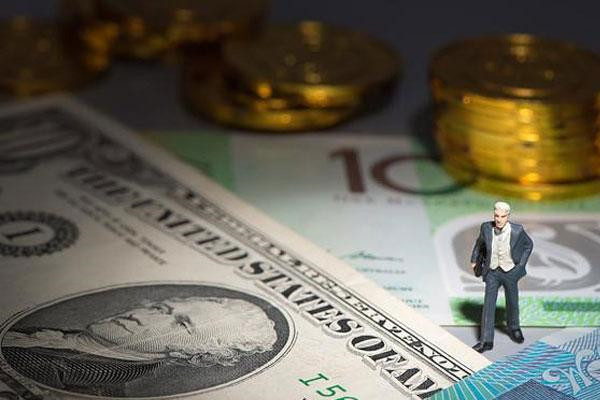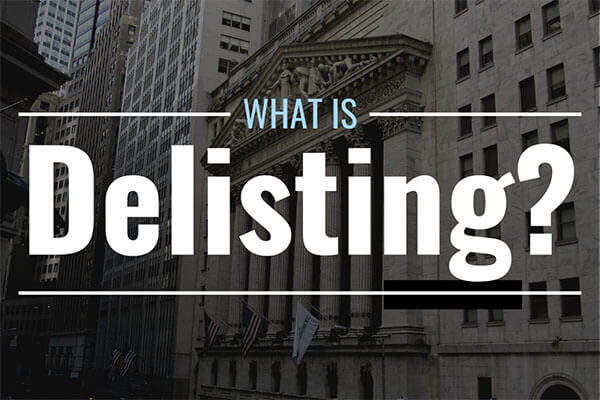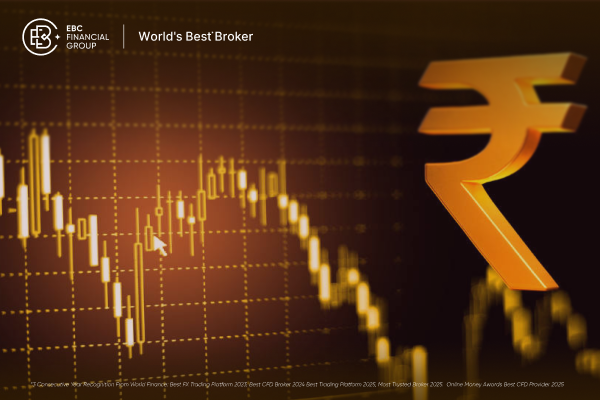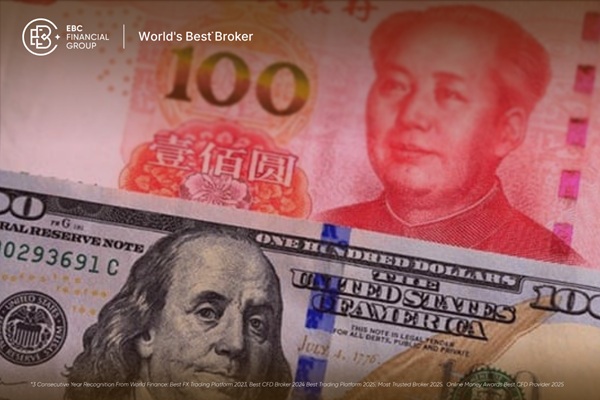Every decision a trader makes rests on one fundamental principle: what is the relationship between risk and return in trading. It is the invisible equation behind every chart, position, and profit statement. The more risk you accept, the higher your potential return, but also the greater your chance of loss.
This balance has become even more critical in 2025, as traders operate in a world of tighter liquidity, elevated interest rates, and faster information flow. From forex to stocks and commodities, volatility can expand or contract within hours. Understanding what is the relationship between risk and return in trading helps traders navigate uncertainty, protect capital, and seize opportunities when probabilities turn in their favour.
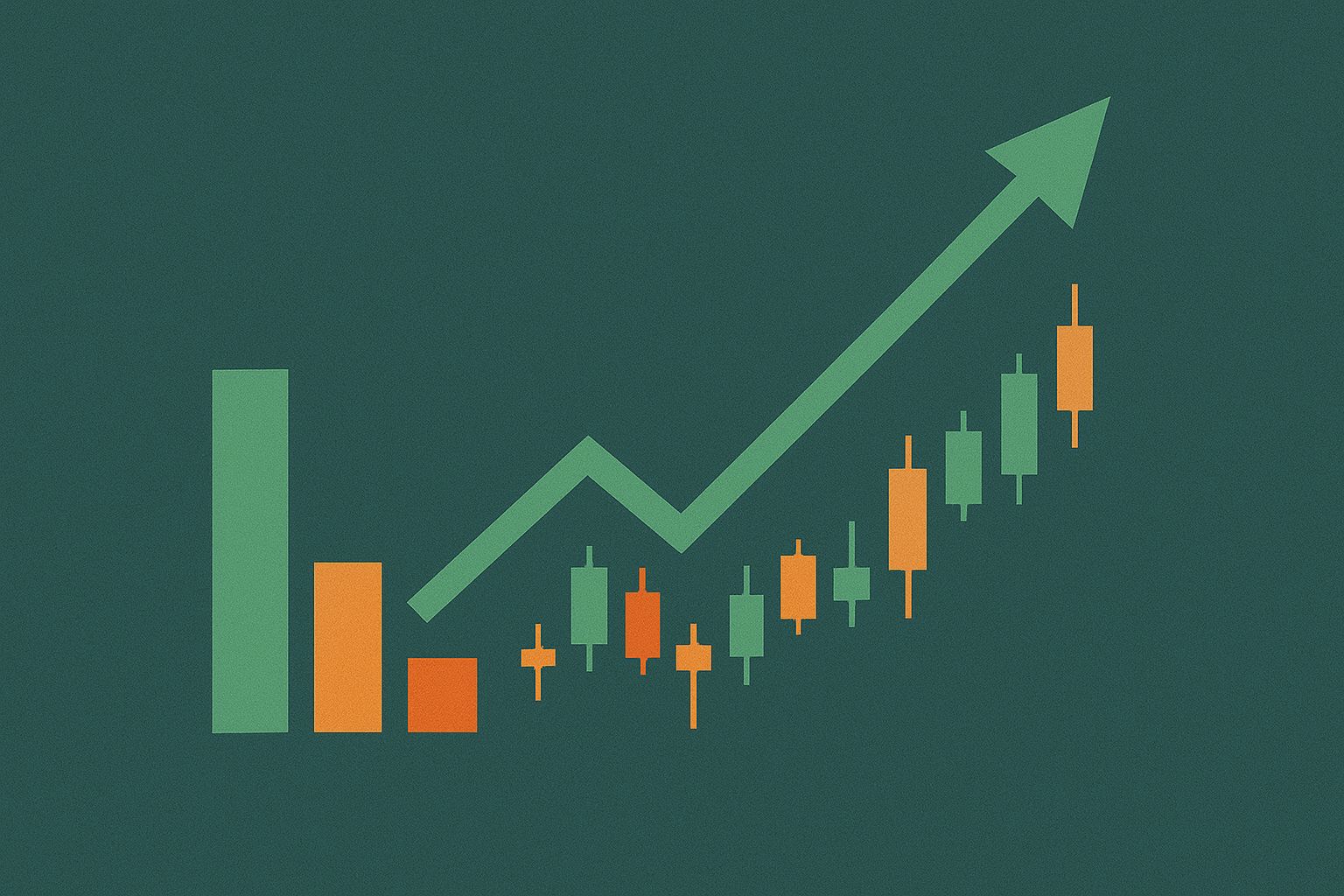
Defining Risk and Return
Risk is the measure of uncertainty in an investment or trade. It can come from price volatility, leverage, macroeconomic shocks, or psychological misjudgement. Return, on the other hand, is the compensation for bearing that risk.
In simple terms, what is the relationship between risk and return in trading means that higher returns require accepting greater uncertainty. A government bond might yield 4% in 2025 with minimal risk, while a leveraged currency trade could produce 20% gains or losses within days.
Professional traders understand that returns must always be evaluated relative to risk. The true measure of performance is not how much you make, but how consistently you can make it without destroying your capital base.
The Mathematics of Risk and Return
What is the relationship between risk and return in trading can be expressed mathematically. The expected return of any strategy is determined by the probability of gain and loss, weighted by their magnitudes:
Expected Return = (Win Rate × Average Win) – (Loss Rate × Average Loss)
If the result is positive and sustainable, the strategy has an edge.
To evaluate that edge, traders use key ratios:
Sharpe Ratio: Measures return per unit of volatility. A ratio above 1 indicates efficiency.
Sortino Ratio: Similar to Sharpe but penalises downside volatility more heavily.
Maximum Drawdown: The largest peak-to-trough loss, reflecting capital risk.
Reward-to-Risk Ratio: The potential gain relative to the potential loss, ideally above 2:1.
In practice, these metrics help quantify what is the relationship between risk and return in trading and allow comparisons between strategies or asset classes.
The 2025 Market Environment
Global markets in 2025 reflect this principle vividly. The International Monetary Fund forecasts global growth around 3.3% this year and next, indicating moderate expansion. Inflation in major economies has cooled but remains slightly above central bank targets, keeping monetary policy tight.
Equities: The Nasdaq 100 has gained roughly 14% year-to-date, fuelled by artificial intelligence demand but with repeated 5% corrections.
Forex: The USD/JPY has seen 600-pip intraday swings after Japan’s bond policy adjustments.
Commodities: Gold trades near USD 2,480 an ounce, balancing inflation protection with lower volatility.
Energy: Oil prices have averaged between USD 60 and 65 per barrel, reducing risk for energy-linked currencies like CAD and NOK.
These trends demonstrate what is the relationship between risk and return in trading across different markets. Stable assets provide lower but steadier returns, while speculative sectors offer bursts of profit and pain.
The Risk-Return Trade-Off
At the heart of what is the relationship between risk and return in trading lies the trade-off. Every investor faces the same choice: safety with modest reward, or uncertainty with higher potential gains.
The efficient frontier, a concept from modern portfolio theory, visualises this. It plots portfolios that maximise return for each level of risk. Traders attempt to stay on or above this frontier by adjusting position size, diversification, and leverage.
For example, a trader who risks 1% of capital per trade with an average reward of 2% can sustain a 40% win rate and still grow equity steadily. Those risking 5% or more often experience early blow-ups, proving that survival precedes success.
Behavioural Biases and Human Error
Human psychology distorts how we perceive risk and return. Behavioural finance research shows that traders feel losses twice as strongly as equivalent gains. This loss aversion leads to premature exits from winning trades and reluctance to cut losing positions.
In 2025’s AI-stock rally, many retail traders bought near highs expecting endless upside. When valuations corrected by 30%, emotional reactions replaced planning. The episode underscored what is the relationship between risk and return in trading: opportunity rewards preparation, not impulse.
Traders who stayed disciplined, scaling out profits and managing stops, kept consistent performance even amid euphoria and correction.
Quantifying Real-World Risk
Risk is visible everywhere if measured properly. Traders analyse:
Volatility: Using indicators like Average True Range (ATR) to adjust position sizes.
Value at Risk (VaR): Estimating potential loss over a given confidence interval.
Correlation: Tracking whether different trades share the same underlying driver.
In 2025, the average 30-day volatility for major currency pairs such as EUR/USD and GBP/USD sits near 7%, compared to 5% in 2019. The increase highlights a broader theme, the cost of return is higher because market noise has grown.
Understanding these measurements clarifies what is the relationship between risk and return in trading. Quantifying uncertainty turns fear into strategy.
Case Studies from 2025
1. The USD/JPY Surge
In early 2025, the yen weakened past 155 before the Bank of Japan intervened, triggering a 600-pip reversal in hours. Traders using 50× leverage without stop-losses saw entire accounts erased. Those managing risk with 1% exposure survived to trade the rebound.
2. The Gold Rally
Gold’s steady appreciation to USD 2,480 shows that low-volatility assets can still produce strong risk-adjusted returns. A 13% annual rise with half the volatility of equities offers efficiency, illustrating what is the relationship between risk and return in trading beyond raw percentage gains.
3. The Semiconductor Boom
Nvidia’s 45% year-to-date rise boosted the SOX index but came with multiple 10% drawdowns. Traders who diversified exposure managed smoother performance than those who over-concentrated.
Each case reinforces that the path to profit depends on how risk is contained, not just how opportunity is found.
Timeframes and Risk Dynamics
What is the relationship between risk and return in trading also depends on timeframe.
Scalpers operate in seconds, chasing small moves but exposing themselves to transaction noise.
Swing traders aim for multi-day trends, balancing volatility and confirmation.
Position traders ride long-term fundamentals but endure deeper temporary drawdowns.
In 2025’s environment of algorithmic competition, human traders often find their edge in medium-term swing structures where volatility is predictable yet manageable. The timeframe determines how risk compounds and how return accumulates.
Technology and Automation
AI and automation have redefined how traders understand what is the relationship between risk and return in trading. Algorithms now calculate optimal lot sizes, detect volatility shifts, and apply adaptive stops automatically.
Quantitative reports from major brokers in 2025 show that traders using AI-based risk modules experienced up to 20% smaller drawdowns compared with manual systems. Technology does not eliminate risk, but it enforces discipline at scale.
Automation helps remove emotional errors, ensuring that risk parameters remain consistent even during market stress.
Common Mistakes in Managing Risk and Return
Over-leveraging small accounts: Turning minor volatility into catastrophic loss.
Ignoring correlation: Holding multiple positions influenced by the same driver.
Trading during news releases: Entering before CPI or NFP results exposes traders to slippage.
Changing size after wins: Increasing risk after profits violates statistical discipline.
Each mistake arises from misunderstanding what is the relationship between risk and return in trading. Consistency in size, method, and mindset matters more than excitement.
Lessons from the Year’s Events
Fed’s March Pause: Markets rallied, rewarding traders positioned early but punishing leveraged shorts.
Oil’s August Decline: Showed the cost of overconfidence as crude slipped below USD 60.
Yen Intervention: Proved once again that macro risk can erase technical setups instantly.
These events taught traders that understanding what is the relationship between risk and return in trading means respecting the unexpected.
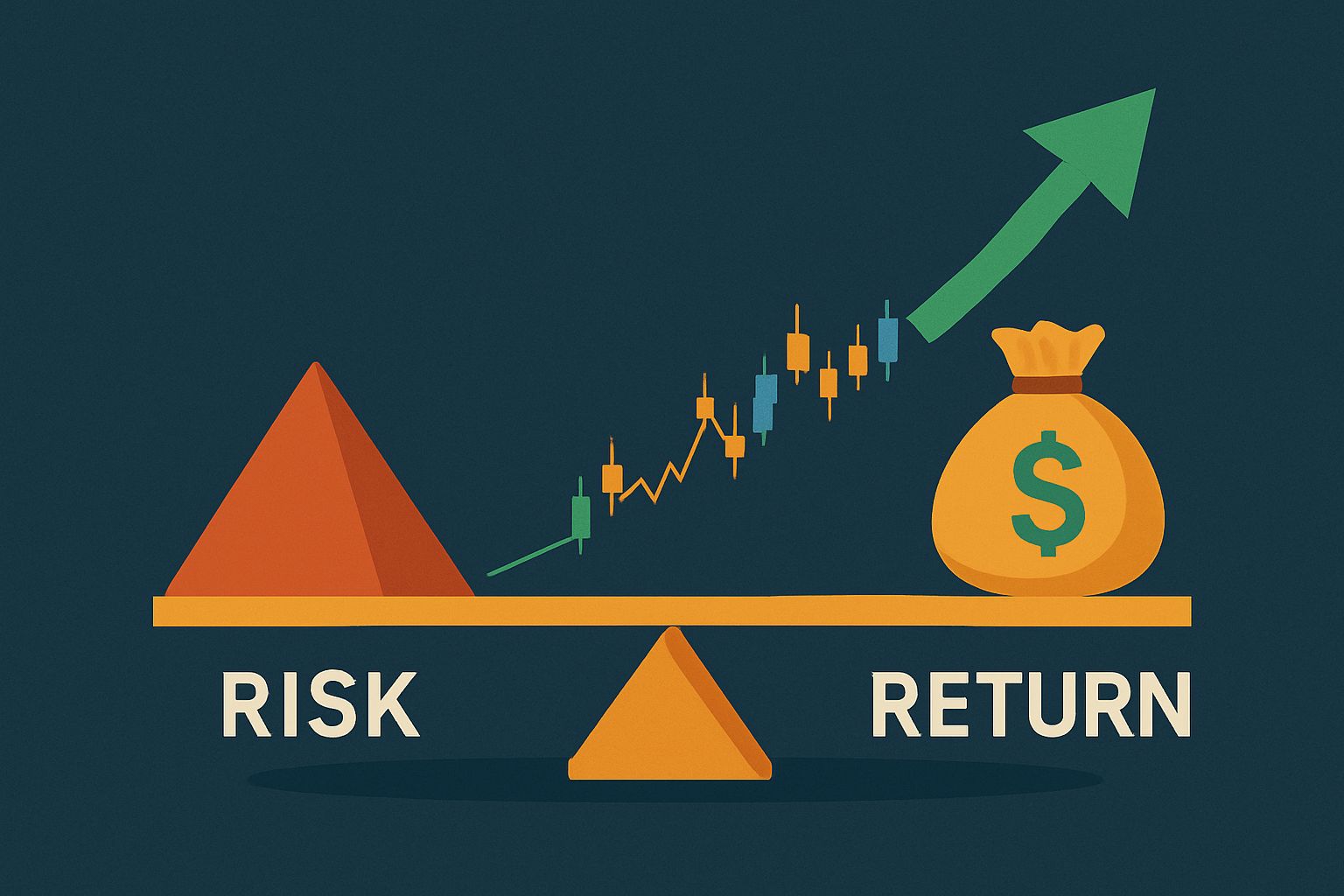
The Psychological Component
Trading is emotional endurance disguised as analysis. Those who internalise what is the relationship between risk and return in trading learn to treat losses as operational costs, not personal failures.
Consistent performance arises from emotional neutrality, the ability to apply rules identically after gains or losses. Professionals rehearse risk scenarios until reaction becomes mechanical, preserving composure when volatility spikes.
Diversification Across Asset Classes
Diversification smooths the relationship between risk and return. Holding assets with different drivers, equities, bonds, forex, commodities, stabilises portfolio performance.
In 2025, balanced portfolios with 40% equities, 40% bonds, and 20% commodities produced higher risk-adjusted returns than single-asset strategies. This demonstrates that what is the relationship between risk and return in trading improves when exposure is spread rather than concentrated.
Sustainability of Return
Sustainable profit is built on repeatability. Strategies that exploit small, consistent edges compound faster than those chasing one-off windfalls.
Professional funds in 2025 targeting 12–15% annual returns maintain maximum drawdowns under 8%, proving that steady returns require strict risk control. Long-term traders know that capital preservation is the first step toward capital growth.
Understanding what is the relationship between risk and return in trading means prioritising survival over speed.
Future Trends and Evolving Dynamics
Looking ahead to 2026, several themes will shape how risk and return interact:
AI Integration: Algorithms will enhance precision in volatility management.
New Asset Classes: Carbon credits and tokenised assets may introduce unique risk profiles.
Macro Normalisation: As inflation stabilises, correlations between assets could decline, changing how portfolios behave.
Traders who adapt quickly will redefine what is the relationship between risk and return in trading for the next generation of markets.
FAQs About What Is the Relationship Between Risk and Return in Trading
Q1. What is the relationship between risk and return in trading?
It is the direct connection between uncertainty and potential reward. Traders accept risk to gain return, and controlling that risk defines long-term success.
Q2. How can traders manage risk while staying profitable?
By maintaining consistent position sizes, using stop-losses, and setting realistic reward-to-risk ratios. Risk control preserves opportunity.
Q3. Why do professional traders prioritise risk management?
Because profitability without preservation is meaningless. Managing exposure ensures that traders remain active long enough to benefit from statistical edges.
Conclusion
Understanding what is the relationship between risk and return in trading is the cornerstone of professional success. Every market, every timeframe, and every instrument obeys this rule. Profit is earned by those who respect probability, measure exposure, and accept that risk is the cost of participation.
The best traders in 2025 are not those chasing the biggest gains but those who master the smallest losses. They know that growth lies in balance, in letting mathematics, not emotion, define every move.
When traders grasp what is the relationship between risk and return in trading, they transform volatility into opportunity and uncertainty into structure. That understanding turns trading from speculation into strategy.
Disclaimer: This material is for general information purposes only and is not intended as (and should not be considered to be) financial, investment or other advice on which reliance should be placed. No opinion given in the material constitutes a recommendation by the author that any particular investment, security, transaction or investment strategy is suitable for any specific person.












